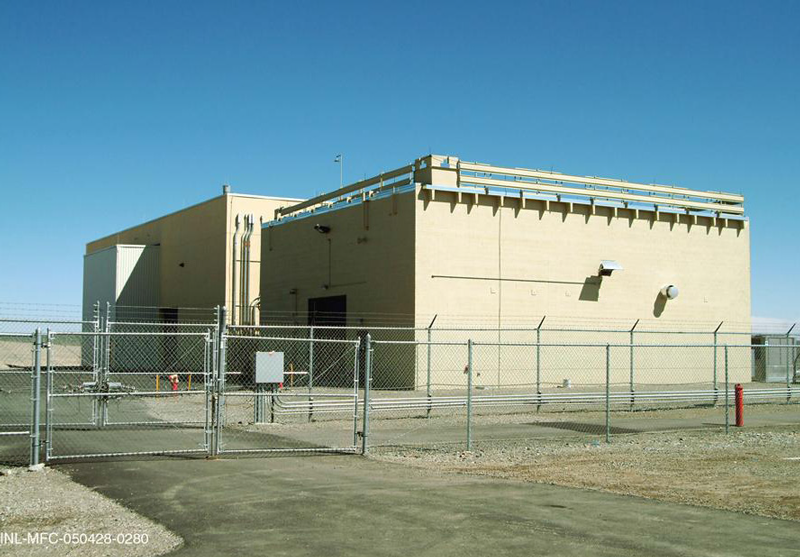FUELING, TESTING, AND DELIVERY OF RADIOISOTOPE POWER SYSTEMS
 Idaho National Laboratory
(INL) hosts a unique capability for enabling deep space exploration that spans
the limits of our own solar system and beyond. Located at the Materials and
Fuels Complex, the Space Nuclear Power and Isotope Technologies (SNPIT)
division manages the Space and Security Power Systems Facility (SSPSF), where
assembly and testing capabilities for radioisotope power systems (RPSs) reside.
Idaho National Laboratory
(INL) hosts a unique capability for enabling deep space exploration that spans
the limits of our own solar system and beyond. Located at the Materials and
Fuels Complex, the Space Nuclear Power and Isotope Technologies (SNPIT)
division manages the Space and Security Power Systems Facility (SSPSF), where
assembly and testing capabilities for radioisotope power systems (RPSs) reside.
Two-dozen RPSs have provided electricity to space missions since 1961. RPSs provide safe, reliable power where alternative power sources are not possible. Both Pluto New Horizons (flew by Pluto in 2015) and Curiosity rover (currently on Mars) were assembled and tested at INL. The Mars 2020 rover mission, which landed on Feb. 18, also uses an INL RPS.
RPSs provide the power to operate spacecraft or rover systems, such as scientific instruments, robotic arms, computers, radios, and drive systems. They are fueled with plutonium-238, which gives off a steady supply of heat as the material decays. Thermocouples are used to create voltage from the temperature difference between the hot interior and the cold exterior in deep space. The power supply created using an RPS is steady, reliable, and lasts for decades – the systems launched in 1977 are still operating and sending back data from well beyond the edges of the solar system.
At SSPSF, personnel complete RPS assembly operations, involving placement of fueled clads into graphite components to form general purpose heat source modules. Next, assembly starts when modules are placed into a converter that houses thermocouples, together comprising the RPS. Following RPS assembly, a series of acceptance testing is completed. After successful completion of acceptance testing, INL transports the RPS to Kennedy Space Center. The SNPIT division staff members provide ground operations support involving the RPS at Kennedy Space Center and Cape Canaveral Air Force Station until after launch.
The SNPIT division also performs unique isotope production for medical and NASA applications. The division uses the Advanced Test Reactor to produce cobalt-60 for the Department of Energy-Office of Science. The cobalt-60 is used for medial purposes. ATR, in collaboration with Oak Ridge National Laboratory, is also used for producing plutonium-238 for NASA applications.
Most of the RPS Program assembly and testing operations take place in the 792A annex, which comprises most of the Space and Security Power Systems Facility (SSPSF). Building 792, adjacent to the 792A annex, is used for administration and operations support functions, including equipment storage. Building 792 is a non-nuclear, non-radiological facility, while the 792A annex is a Hazard Category 2 nonreactor nuclear facility. Building 792 was originally constructed in 1971 and used for storage of various mock-up components. It is approximately 50 ft. x 60 ft. x 25 ft. tall. In 2004, the 792A annex was added.
Basic Capabilities:
Pre-RPS assembly operations, involving placement of fueled clads into graphite components to form the general-purpose heat source modules
RPS assembly operations, involving placement of heat sources into converters
RPS acceptance testing
RPS servicing and storage
Instruments: